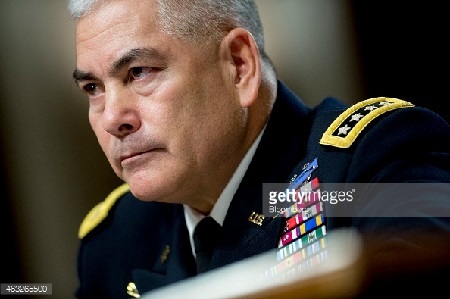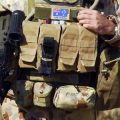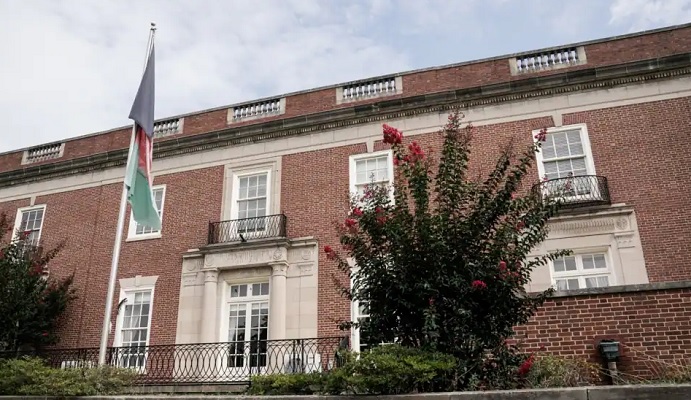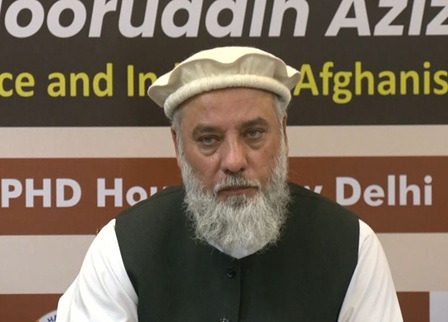
Edited by Svetlana Savranskaya |
Recently declassified documents from archives in the former Soviet Union and memoirs of senior Soviet military and political leaders present the complex and tragic story of the ten years of the Soviet military involvement in Afghanistan. Most observers agree that the last war of the Soviet Union created or aggravated the internal dynamics that eventually culminated in the dissolution of the country itself. The documents presented here shed light on the most important moments in the history of the Soviet war in Afghanistan—the Afghan government’s requests for assistance, the Soviet Union’s initial refusal of troops, the reversal of this policy by a small group of the Politburo and the Soviet decision to invade; the expansion of the initial mission to include combat operations against the Afghan resistance; early criticism of the Soviet policy and of the People’s Democratic party of Afghanistan (PDPA) regime; and the decision to withdraw the troops. Taken together, these materials suggest some lessons that might be drawn from the Soviet experience of fighting a war in Afghanistan.
The decision to send troops was made after a long deliberation and repeated requests from the leadership of the PDPA, Prime Minister Hafizullah Amin and President Nur Mohammad Taraki. The Politburo discussions show that the Soviet leaders were very reluctant to send troops, and responded to the Afghan requests with shipments of military equipment, but not troops, throughout the spring and summer of 1979. However, the overthrow of Taraki by Amin in September just after Taraki’s return from Moscow heightened Soviet paranoia about the possibility that Amin would become another Sadat and turn towards the U.S. The actual decision to invade was made in secret by a very small group of Politburo members, against the strong and openly expressed opposition of the military, and only then rubber-stamped by the other Politburo members. Both Chief of USSR General Staff Marshal Ogarkov and his Deputy General of the Army Akhromeev voiced strong objections to introducing troops on the grounds that the proposed limited contingent of forces would not be able to fulfill its objectives.
The decision to send troops was made on the basis of limited information. According to Soviet veterans of the events, KGB sources were trusted over the military intelligence (GRU) sources. This partly reflected the growing influence of the KGB Chairman Yu. V. Andropov, who controlled the flow of information to General Secretary Brezhnev, who was partially incapacitated and ill for most of 1979. KGB reports from Afghanistan created a picture of urgency and strongly emphasized the possibility of Amin’s links to the CIA and U.S. subversive activities in the region. (President Carter had already signed a secret “finding” in July 1979 authorizing covert aid to the Afghani opponents of the Taraki-Amin regime.)
Afghanistan did not fit into the mental maps and ideological constructs of the Soviet leaders. Their analysis of internal social processes in Afghanistan was done through the conceptual lens of Marxist-Leninist doctrine, which blinded the leadership to the realities of traditional tribal society. Believing that there was no single country in the world, which was not ripe for socialism, party ideologues like Mikhail Suslov and Boris Ponomarev saw Afghanistan as a “second Mongolia.” Such conceptualization of the situation led to the attempts to impose alien social and economic practices on Afghan society, such as the forced land reform.
The Soviet decision makers did not anticipate the influential role of Islam in the Afghan society. There were very few experts on Islam in the Soviet government and the academic institutions. The highest leadership was poorly informed about the strength of religious beliefs among the masses of the Afghan population. Political and military leaders were surprised to find that rather than being perceived as a progressive anti-imperialist force, the Afghanis as foreign invaders, and “infidels.” Reports from Afghanistan show the growing awareness of the “Islamic factor” on the part of Soviet military and political personnel.
The Afghan communist PDPA never was a unified party; it was split along ethnic and tribal lines. The infighting between the “Khalq” and the “Parcham” factions made the tasks of controlling the situation much more challenging for Moscow notwithstanding the great number of Soviet advisors at every level of the party and state apparatus. The Soviet underestimation of ethnic tensions within Afghan society was one of the reasons of the unsuccessful policy of national reconciliation.
The war in Afghanistan had a major impact on domestic politics in the Soviet Union. It was one of the key factors in the delegitimization of Communist Party rule. Civil society reacted to the intervention by marginalizing the Afghan veterans. The army was demoralized as a result of being perceived as an invader. . The prominent dissident and human rights activist, Academician Andrei Sakharov, publicly denounced the atrocities committed by the Soviet Army in Afghanistan. The image of the Soviet Army fighting against Islam in Afghanistan also contributed to a rapid rise of Islamic fundamentalism in the Central Asian republics and possibly to the strengthening of the independence movement in Chechnya, both of which continue to pose major security threats to Russia today.
The Soviet Army also quickly realized the inadequacy of its preparation and planning for the mission in Afghanistan. The initial mission—to guard cities and installations—was soon expanded to combat, and kept growing over time. The Soviet reservists, who comprised the majority of the troops initially sent in, were pulled into full-scale combat operations against the rebels, while the regular Afghan army was often unreliable because of the desertions and lack of discipline.
The Soviet troops had absolutely no anti-guerrilla training. While the formal mission of the troops was to protect the civilians from the anti-government forces, in reality, Soviet soldiers often found themselves fighting against the civilians they intended to protect, which sometimes led to indiscriminate killing of local people. Operations to pursue and capture rebel formations were often unsuccessful and had to be repeated several times in the same area because the rebels retreated to the mountains and returned to their home villages as soon as the Soviet forces returned to their garrisons. Soviet traditional weaponry and military equipment, especially armored cars and tanks were extremely vulnerable on Afghani terrain.
The Soviet troops also suffered from the confusion about their goals—the initial official mission was to protect the PDPA regime; however, when the troops reached Kabul, their orders were to overthrow Amin and his regime. Then the mission was changed once again, but the leadership was not willing to admit that the Soviet troops were essentially fighting the Afghan civil war for the PDPA. The notion of the “internationalist duty” that the Soviet Limited Contingent was fulfilling in Afghanistan was essentially ideological, based on the idea that Soviet troops were protecting the socialist revolution in Afghanistan whereas the experience on the ground immediately undermined such justifications.
The realization that there could be no military solution to the conflict in Afghanistan came to the Soviet military leadership very early on. The issue of troop withdrawal and the search for a political solution was discussed as early as 1980, but no real steps in that direction were taken, and the Limited Contingent continued to fight in Afghanistan without a clearly defined objective.
Early military reports emphasized the difficulty of fighting on the mountainous terrain, for which the Soviet Army had no training whatsoever. Parallels with the American War in Vietnam were obvious and frequently referred to by the Soviet military officers.
Note on Soviet sources
The main Soviet sources on the decision to intervene in Afghanistan come from the Russian Presidential Archive, the Ministry of Defense Archive and from the published memoirs of Soviet officers and political leaders. They belong to the following categories: the minutes of the CC CPSU Politburo discussions, which were declassified by President Yeltsin’s executive decree in 1992, the KGB and military intelligence reports from Kabul, many of which were published in the influential study The Tragedy and Valor of Afghan by veteran of the Afghan War General Alexander Lyakhovsky, political letters from USSR Ambassadors in Afghanistan to the Soviet Foreign Ministry from the Russian Foreign Ministry Archives, memoranda of conversations of the Soviet Ambassadors and other leaders with their Afghan counterparts found in the Center for Preservation of Contemporary Documentation in Moscow, analytical letters to the Central Committee and the military leadership also found in the Center for Preservation of Contemporary Documentation. Among the most important memoirs on the Soviet war in Afghanistan are those by former Deputy USSR Foreign Minister Georgy M. Kornienko and the last Commander of the Soviet Limited Contingent of Forces in Afghanistan, General Boris Gromov. Some of the most important documents on the Soviet War in Afghanistan were published in the English translation in the Cold War International History Project Bulletin, No. 8-9, Winter 1996-1997.
The documents presented below provide an insight into some of the most important aspects of the Soviet decision making on the Afghan war from the decision to send in the troops to the decision to withdraw the Soviet Limited Contingent.
Courtesy: National Security Archive









